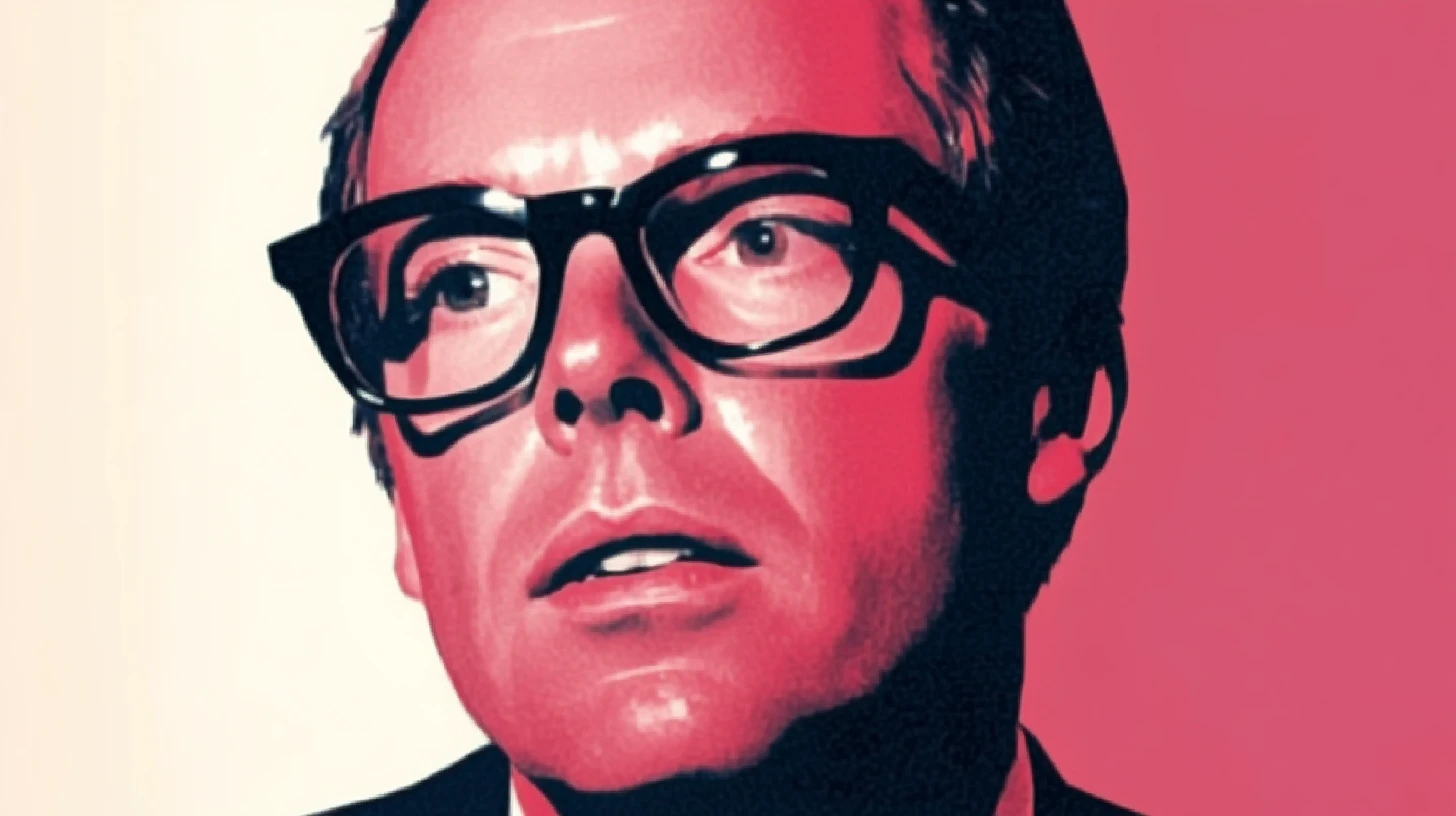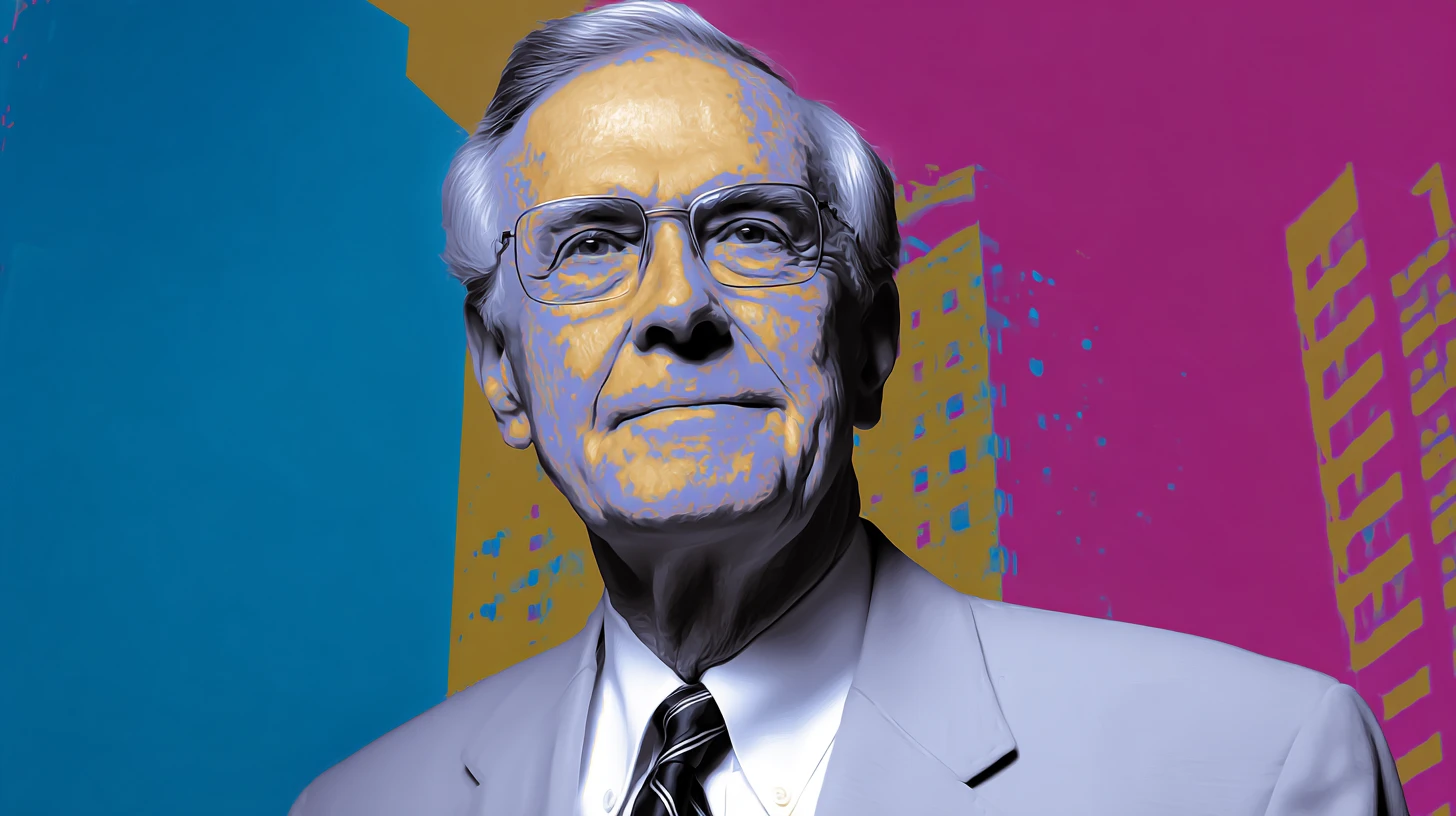.webp)
© History Oasis
Medicine is a business. Always has been. These are the people who ran that business, built empires worth billions, and changed how Americans get treated when they're sick. Some were visionaries. Some were frauds. Most were somewhere in between.
Here's what actually happened.

CEO of McKesson & Robbins (1925-1938)
A bootlegger bought himself a pharmaceutical company using a fake name and a fake PhD.
Musica served two prison terms for fraud before reinventing himself as "Dr. F. Donald Coster" in the 1920s. He merged his bootlegging front with McKesson & Robbins in 1926 and became president. The company grew into America's third-largest drug distributor while Musica ran a side scheme with his three brothers, all working under assumed names.
One brother operated a fake sales agency from an office containing seven typewriters, each with different fonts and stationery. They wrote bogus purchase orders to fictitious companies and pocketed millions in commissions.
The treasurer got suspicious in 1938. When investigators checked the credit reports for Musica's shell companies, they discovered forgeries. Federal agents arrested Coster on December 15. His fingerprints revealed his real identity. The next morning, before marshals could arrest him again, Musica locked himself in his bathroom and shot himself in the head. He fell carefully into the marble bathtub so his blood wouldn't stain the carpet.
The scandal forced Congress and accounting firms to rewrite American business rules. Companies now need audit committees of outside directors. Auditors had to verify inventory and receivables. Modern corporate governance was born from one man's fraud.

CEO of Medtronic (1949-1985)
An eight-year-old Earl Bakken watched Frankenstein and thought electricity could bring things back to life. He spent his career making it true.
Bakken and his brother-in-law founded Medtronic in 1949, repairing hospital equipment from a Minneapolis garage. Their first month's revenue: eight dollars for fixing one centrifuge.
On Halloween 1957, a power outage in Minnesota killed a child connected to a plug-in pacemaker. The next day, a heart surgeon asked Bakken if he could build something battery-powered. Three weeks later, Bakken delivered the first wearable, battery-powered pacemaker.
The company nearly went bankrupt in 1960. Bakken wrote the Medtronic Mission that year, stating patient welfare came before profit. It saved the company.
By 1985, Medtronic controlled 35% of the pacemaker market with hundreds of millions in revenue. Bakken stepped down and moved to Hawaii, where he built a hospital mixing high-tech medicine with massage therapy.
He died in 2018 at 94.

CEO of Medtronic (2011-2020)
Ishrak pulled off the largest tax inversion in corporate history.
The former GE Healthcare executive bought Irish company Covidien for $42.9 billion in 2015. The deal legally movedMedtronic's headquarters to Ireland while keeping operations in Minnesota. The company avoided taxes on $14 billion held overseas.
Congress changed tax laws afterward to prevent anyone from doing it again. Pfizer tried a similar deal with Allergan and got blocked.
Ishrak also pushed value-based healthcare and expanded global access to medical technology. Medtronic hit a $150 billion valuation under his watch. He left in 2020 to become Intel's chairman, exiting right before the pandemic.

CEO of Johnson & Johnson (1886-1910)
Johnson heard a speech about infection control in 1885 and thought he could build a business from it.
He and his brothers started selling sterile surgical dressings in 1886. Before that, doctors used whatever cloth they had. The company created the first commercial first-aid kit in 1888 for railroad workers.
Johnson wrote the company's Credo in the early 1900s, putting customers, employees, and communities before shareholders.
He died in 1910, leaving behind one of the most valuable healthcare companies ever built.

CEO of McKesson (2001-2019)
John Hammergren became one of America's highest-paid executives while running a company accused of fueling the opioid crisis.
He took over in 2001 after another McKesson fraud scandal. Revenue quadrupled to $208 billion. The company hit number 6 on the Fortune 500. His total pay over 17 years topped $781 million, including a $159 million pension that set records.
McKesson paid $13 million in fines in 2008 for failing to report suspicious hydrocodone orders. In 2017, they paid $150 million for not tracking opioid sales. Federal lawsuits accused the company of profiting from the epidemic.
A former employee crashed the 2014 annual meeting, demanding that Hammergren's $292 million severance package go to low-wage workers instead. Shareholders voted him down.

CEO of Mayo Clinic (1988-1998)
Waller took a nonprofit that didn't own a hospital and built a $3.5 billion empire.
When he became CEO in 1988, Mayo had 840 physicians and $340 million in revenue. It didn't own a hospital until 1986. Ten years later: 2,800 physicians, 13 hospitals, revenue up more than 10x.
The eye doctor treated President George H.W. Bush and Barbara Bush. He opened Mayo's Arizona and Florida campuses and grew the endowment past $1 billion.